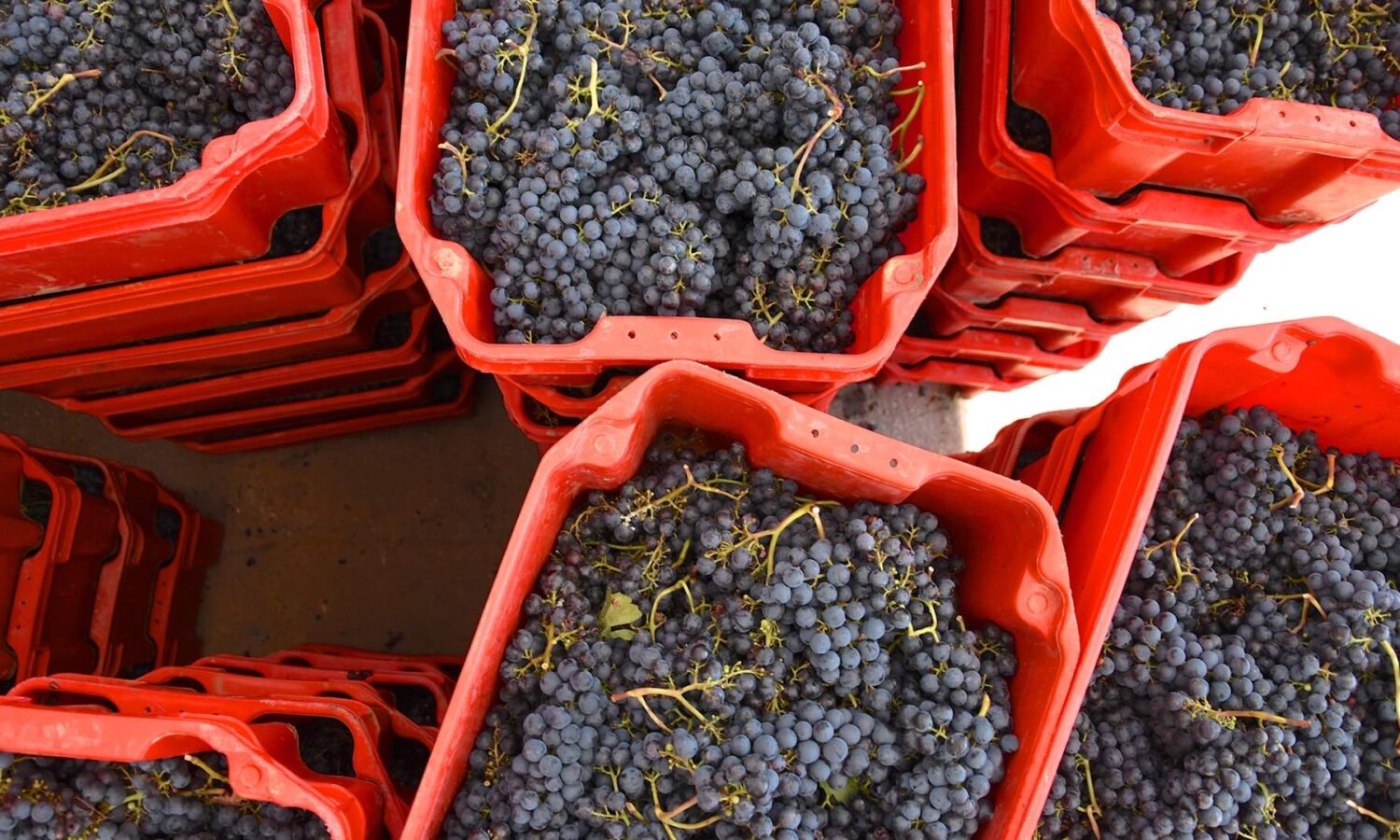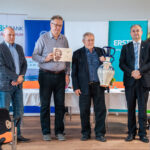Talaj
Bár a legtöbb esetben a Szekszárdi borvidékről egyszerűen annyit mondanak, hogy lösz a talaja, azért közelebbről megvizsgálva ennél sokkal árnyaltabb a kép. A mintegy 150 km2-es Szekszárdi-dombság legnagyobb tömegét a Pannon-tenger által lerakott homok és üledékek alkotják.
Ennek vastagsága 100-200 méter között változik, és csupán a keskeny szurdikokban, löszmélyutakon bukkan a felszínre. Ezen a felszínen az alsó pleisztocén időszakban vörösagyag-takaró képződött, melynek vastagsága általában csak 30-80 cm, de sok helyen teljesen lepusztult. A dombság nagy részére végül lösz települt, zömmel az utolsó jégkorszakban, ennek vastagsága 20-50 méter között váltakozik. A löszrétegben gyakran találkozhatunk egykor élt csigák házával, de akár a jégkorszak előttről származó nagytestű emlősök maradványaival is, valamint a népnyelven löszbabának nevezett mészkőkiválásokkal. A területenként változó mennyiségű mésztartalom gazdagabb, komplexebb ízvilágot kölcsönöz a boroknak.
A változatos talajrétegek is befolyásolják a telepített szőlőfajtákat, így általában a magasabb mésztartalmú részeken találjuk a fehérszőlő-ültetvényeket. A borvidék kiemelkedő dűlőiben legtöbbször megtaláljuk a vörösagyagot, ennek köszönhetően ezen területek hő- és vízgazdálkodása kiemelkedő, például a Görögszóban, a Strázsahegyen vagy a Gurovicában is, amit számtalan magas minőségű bor bizonyít.

Éghajlat
A két nagy tájegység találkozásánál sajátos éghajlat alakult ki, ahol az Alföld és a Szekszárdi-dombság hatásai is érvényesülnek, ráadásként ezt még a változatos domborzati viszonyok is befolyásolják. A meleg nyaraknak köszönhetően olyan mediterrán növények is megélnek a szekszárdi főtéren, mint a füge, az olíva vagy a leander.
A borvidék éghajlata mérsékelten meleg és mérsékelten száraz. Az évi napfénytartam 2040-2050 óra, ami a szőlőtermesztésnek kiváló feltételeket biztosít, különösen a kora őszi időszakban hat kedvezően a szőlőültetvényekre. A zárt völgyeknek köszönhetően nem jellemző a borvidéken a tavaszi fagykár. Erős kontinentális hatás érvényesül a levegő hőmérsékletében, némi mediterrán befolyással fűszerezve. Az évi középhőmérséklet meghaladja a 10 °C-ot, míg a vegetációs időszak középhőmérséklete 17 °C. Közel 200 napon keresztül magasabb a napi középhőmérséklet 10 °C-nál.
Az évi csapadékösszeg 630-650 mm körüli, ebből a vegetációs időszakban 350-380 mm csapadék esik. A legcsapadékosabb hónapok a május és a június. Júniusban, júliusban és augusztusban előfordulhat jégeső is, de a megfigyelések szerint a jégkár ritka, a Duna legtöbbször „elhúzza” a jeget.
A szekszárdi vörösbor nagyságát, sokízűségét az egymásba fonódó, különböző mikroklímájú dombok termése adja, és ha a borász jó érzékkel házasít, ez különleges pluszt nyújthat. A szekszárdi alapborokban általában több dűlőt házasítanak a kiegyenlített minőség érdekében, és sok fajtabor is házasítás egyben, ugyanazon szőlőfajta esetében a dűlők házasítása. Az időjárás viszontagságaira is van válasza a borvidéknek: a dűlők változatos fekvésének köszönhetően a melegebb években a keleti fekvések működnek jól, míg a hidegebbekben a déliek. Ezért is szerencsés, ha egy pincészetnek több fekvésben is vannak szőlőterületei. A felmelegedés hatására az alapboroktól a csúcskategóriáig egyre több házasításban jelenik meg a kékfrankos, amely elegáns savait kölcsönözve a bornak, élettel tölti meg azt.

 Magyar
Magyar
 English
English 





